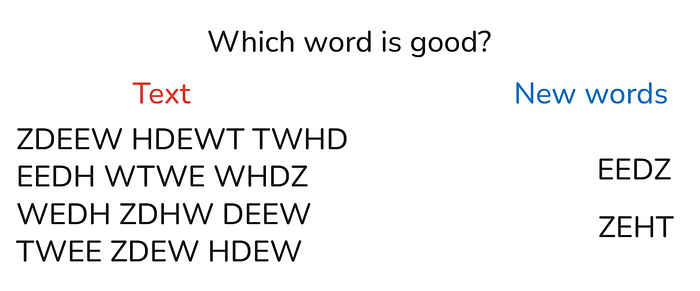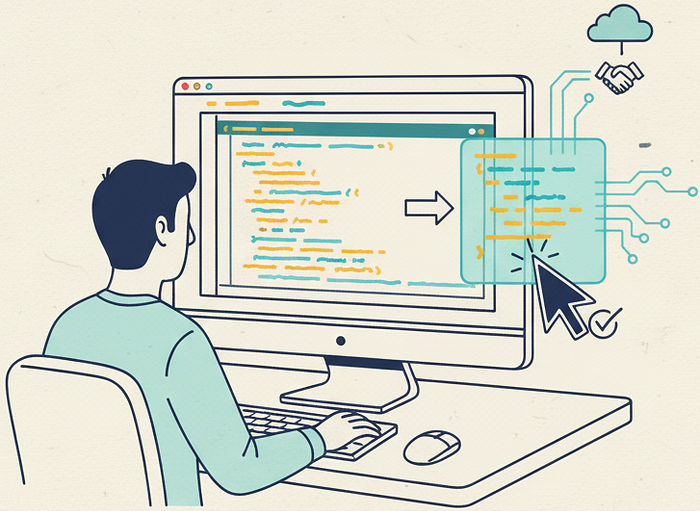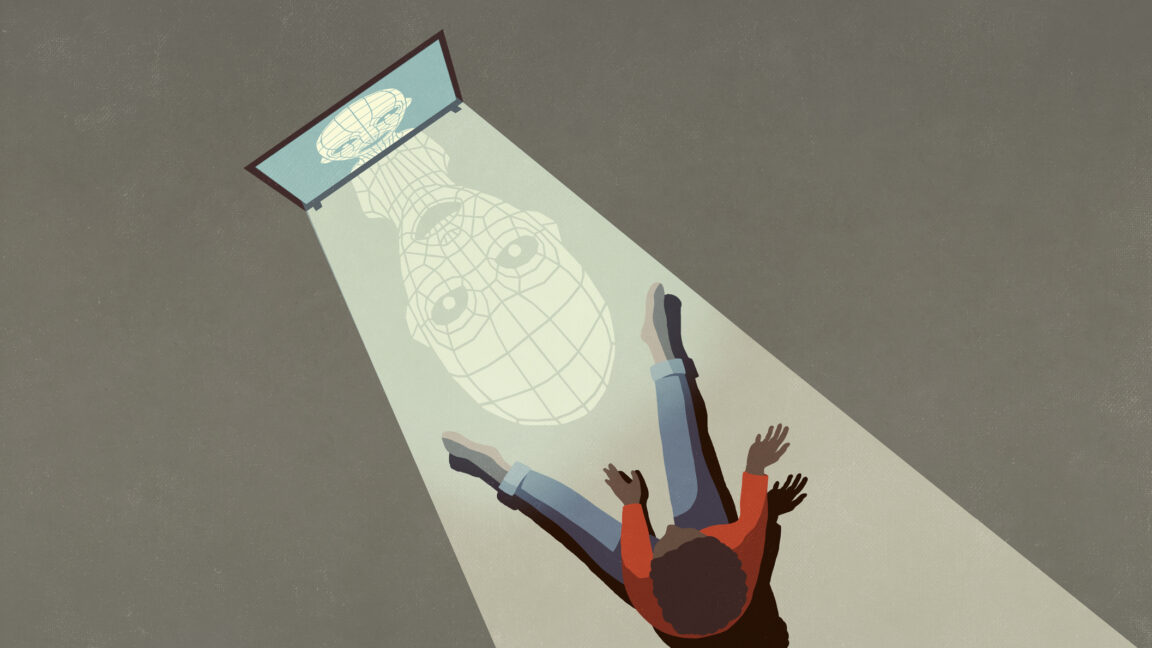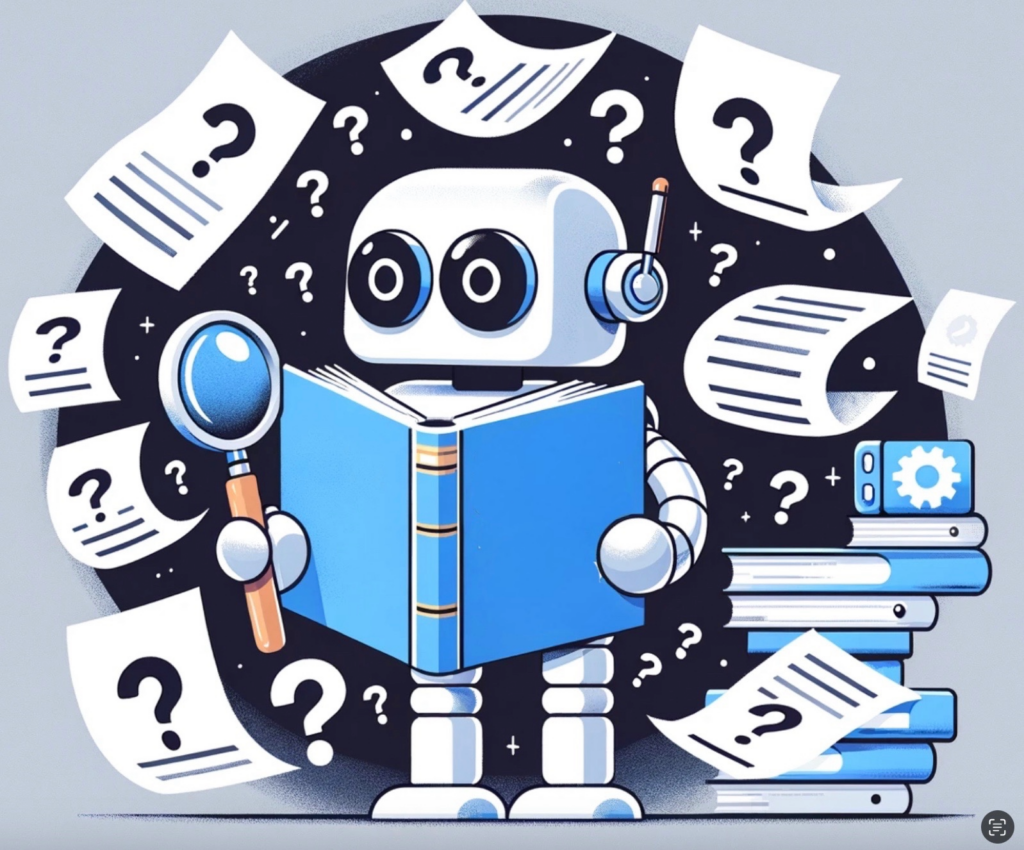Introduction to AI Automation Projects
As CTO at Codika, the author spends a lot of time talking to business leaders about automation. Lately, these conversations have followed a predictable pattern. They start with excitement — “2025 is the year of AI agents!” — and end with frustration: “We tried to automate X, but it went nowhere.”
The Alarming Rate of Failure
The article discusses the alarming rate of failure in AI automation projects, primarily attributing the 95% failure rate to underlying issues rather than superficial challenges like data quality or integration complexities. It highlights a paradox where, despite the market’s recognition of AI’s potential, most companies struggle to convert automation ideas into successful implementations.
The Translation Barrier
The author emphasizes that the real challenge lies in the “Translation Barrier” where the original business requirements are diluted through layers of technical translations, ultimately hindering project success. This barrier is a major obstacle that prevents companies from achieving their automation goals.
Understanding the Challenges
The article explains that the failure of AI automation projects is not due to a lack of technology or expertise, but rather due to the inability to effectively translate business requirements into technical solutions. This requires a deep understanding of both the business and technical aspects of automation.
Overcoming the Challenges
To overcome the challenges of AI automation, companies need to focus on bridging the gap between business and technical teams. This can be achieved by establishing clear communication channels, defining common goals, and ensuring that all stakeholders are aligned and working towards the same objectives.
Conclusion
In conclusion, the failure of AI automation projects is a complex issue that requires a multifaceted approach to resolve. By understanding the challenges and obstacles that prevent companies from achieving their automation goals, businesses can take the necessary steps to overcome them and ensure the success of their AI automation projects.
FAQs
What is the main reason for the failure of AI automation projects?
The main reason for the failure of AI automation projects is the "Translation Barrier" where the original business requirements are diluted through layers of technical translations.
How can companies overcome the challenges of AI automation?
Companies can overcome the challenges of AI automation by establishing clear communication channels, defining common goals, and ensuring that all stakeholders are aligned and working towards the same objectives.
What is the percentage of AI automation projects that fail?
According to the article, 95% of AI automation projects fail due to underlying issues rather than superficial challenges.










